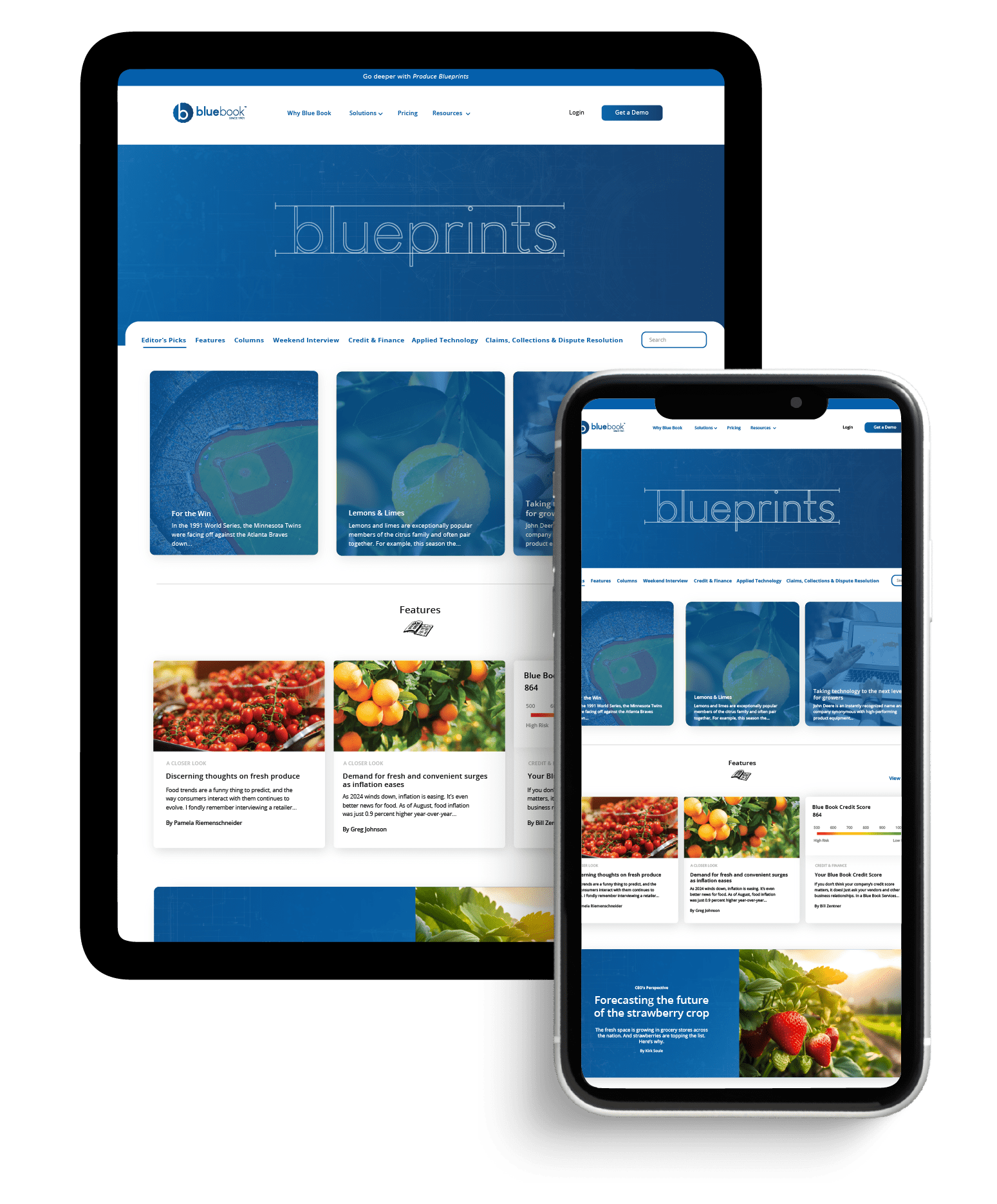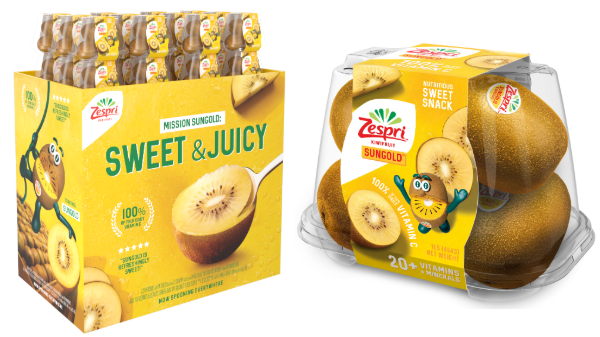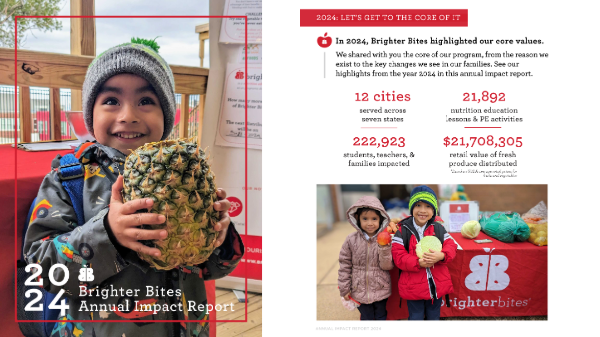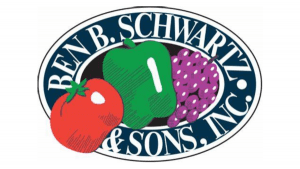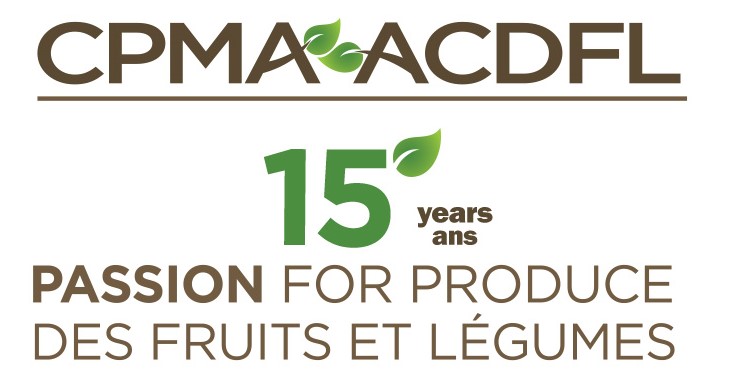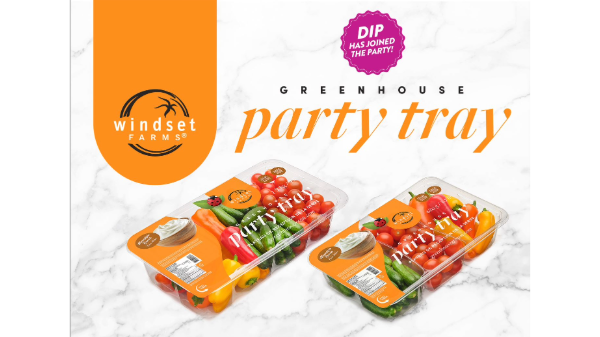Welcome to Blue Book!
Are you ready to join the thousands of companies who rely on Blue Book to drive smarter decisions? View our plans and get started today!
Still have questions? We’d love to show you what Blue Book can do for you. Drop us a line– we’ve been waiting for you.
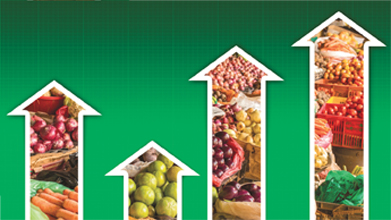
If you’re over 40, you probably remember the days of eating pretty much the same groups of fruits and vegetables at the same time each year. Eating a strawberry in the winter only happened if you were spreading strawberry jam on toast—while mention of a ‘kiwi’ usually earned a puzzled look.
The unprecedented globalization of the produce industry has brought a wide array of fruits, vegetables, herbs, and ethnic cuisines to virtually the entire developed world, and spurred progress in many developing countries as well. Better growing, packing, and shipping methods have given buyers and sellers new access to many commodities, while increased wealth and new trade agreements have increased the flow of fresh produce around the world. With so much rapid change, knowing the “WHATs”—what’s up, what’s down, and what’s coming—can be the difference between success and failure in today’s international marketplace.
For North America, the aptly named North American Free Trade Agreement (NAFTA) has been a game changer since inception in 1994. Beyond stimulating trade between the United States, Canada, and Mexico—which has tripled, NAFTA also helped boost fresh produce consumption in the United States and Canada. This increase is borne out by a recent USDA trade outlook forecasting a $5 billion drop in overall U.S. agricultural exports for 2014—except in fresh fruit and vegetables—which are expected to top $8 billion, with perishable exports to both Canada and Mexico expected to rise.
Tracking Trends
While technology has certainly helped more fruits and vegetables make their way around the globe, trade agreements and seasonal production—counter to U.S. and Canadian growing months—have stimulated market growth. Some analysts and suppliers, however, believe trends are less influenced by trade accords or technological breakthroughs than by demographics and better educated consumers.
Bill Weyland, vice president of imports at New Jersey-based Seven Seas Fruit, believes trade and consumer factors operate simultaneously. “We, as a country, have the luxury of a good variety of products twelve months a year,” he commented. “If someone wants a good plum or grape in January, we know it has to come from Peru or the Southern Hemisphere. If I’m a consumer and I don’t like the peaches from Chile, I won’t buy the peaches, but I may buy plums. If you don’t have a good experience, there’s a plethora of varieties to go to and have a good experience.”
Vicente Zambada, sales manager at Fresh Packing Corporation in Los Angeles, agrees that consumers “are getting a lot pickier about quality because they have more to choose from. My job as an importer is to take responsibility for my customers,” he says, which entails making sure variety and quality are both available on a regular basis.


